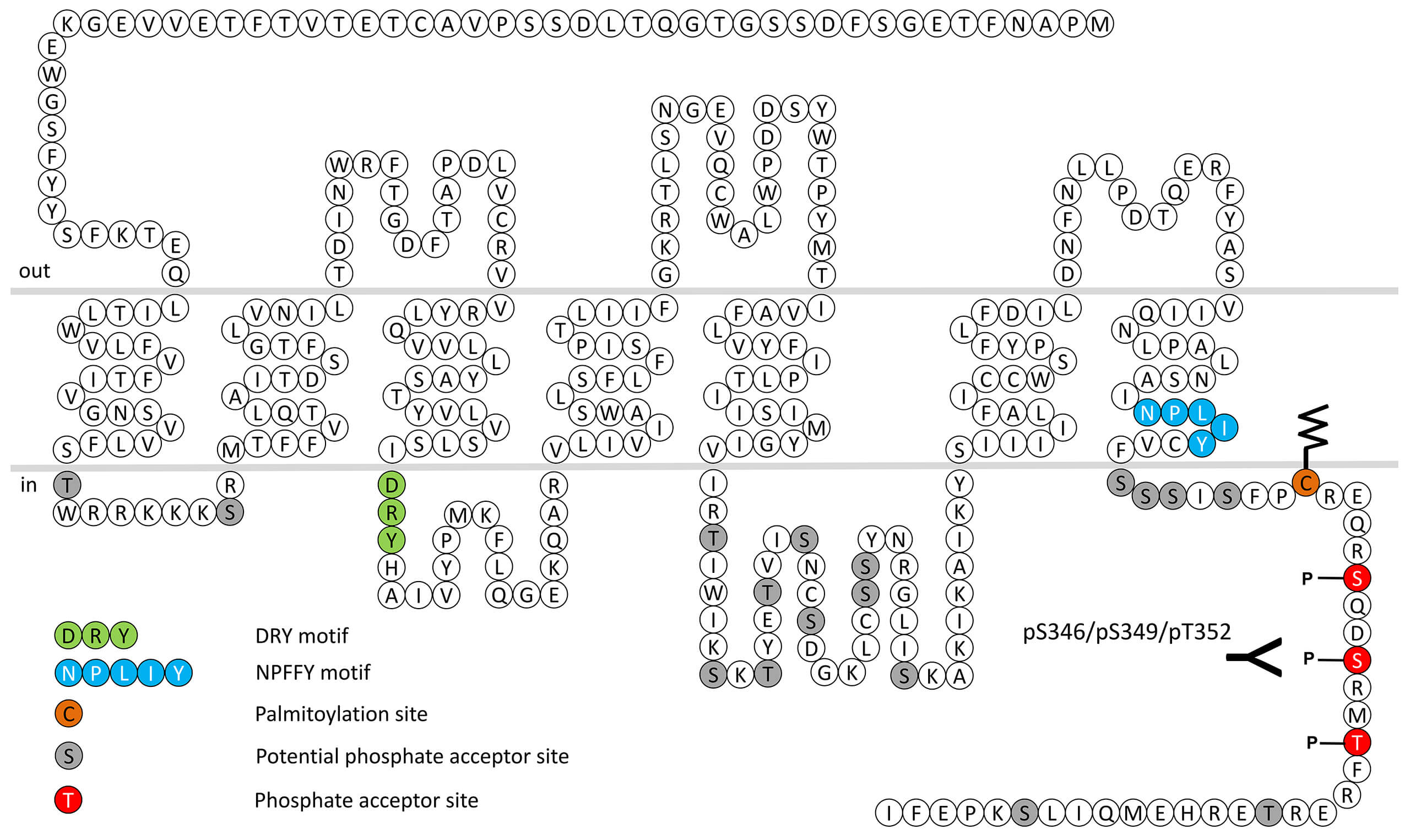No results were found for the filter!
NEW
 pS346/pS349/pT352-NPSR (phospho-NPS Receptor...
pS346/pS349/pT352-NPSR (phospho-NPS Receptor... Serine346/Serine349/threonine352 (S346/S349/T352) is major phosphorylation site of the NPS Receptor (NPSR). The pS346/pS349/pT352-NPRS antibody detects phosphorylation in response to agonists. S346/S349/T352 phosphorylation is likely to...
375.00 € *
NEW
 NPSR (non-phospho), Neuropeptide S Receptor...
NPSR (non-phospho), Neuropeptide S Receptor... The NPSR antibody is directed against the distal end of the carboxyl-terminal tail of human Neuropeptide S Receptor. It can be used to detect total NPS receptors in Western blots independent of phosphorylation. The NPSR antibody can also...
300.00 € *
Recently viewed


